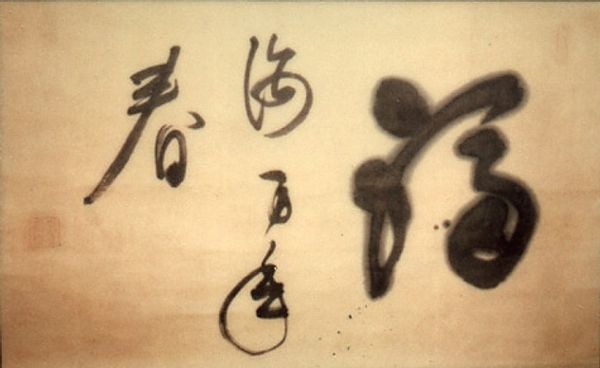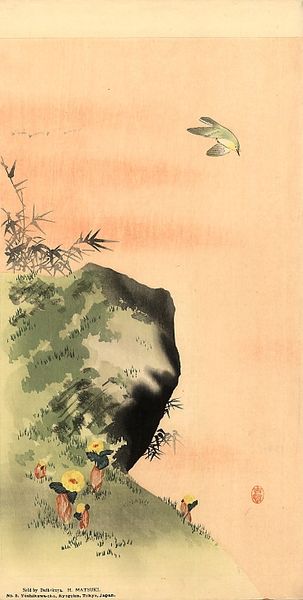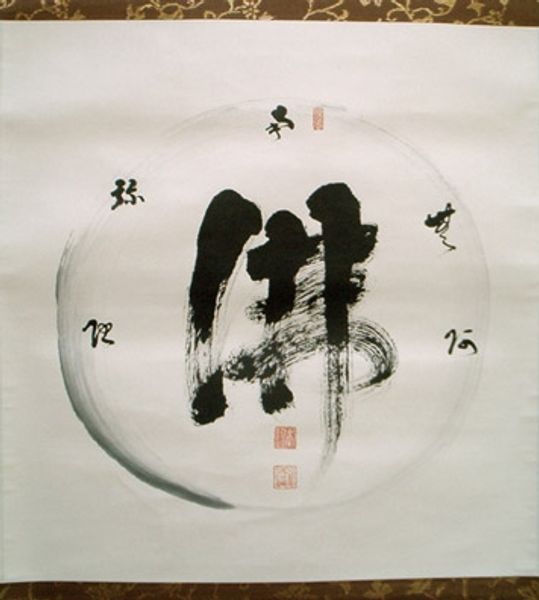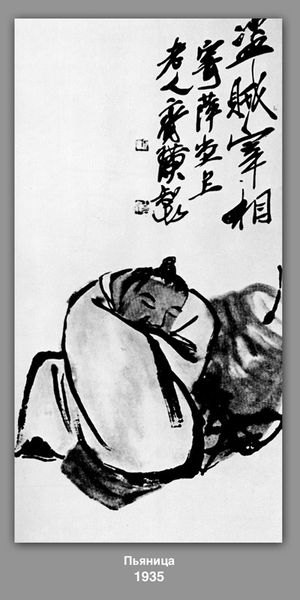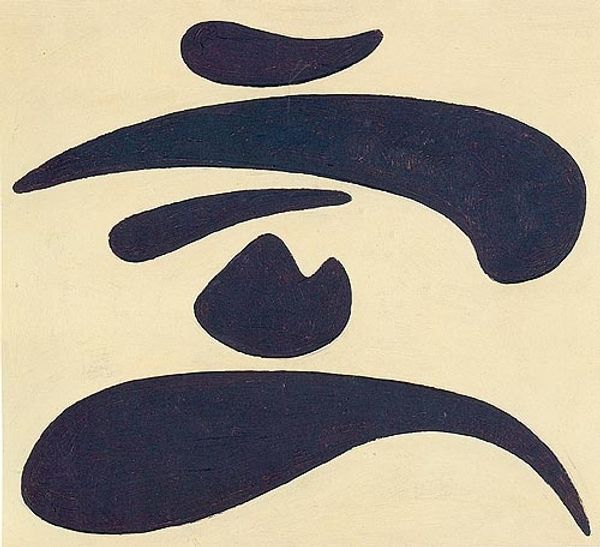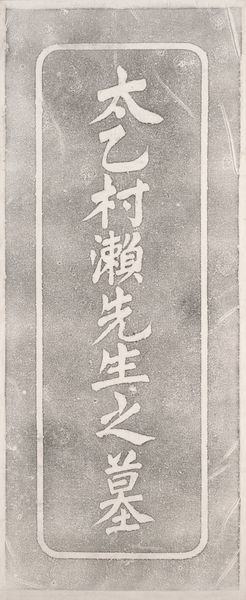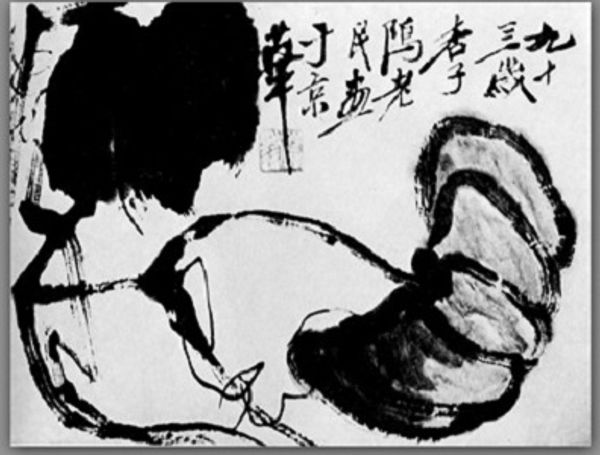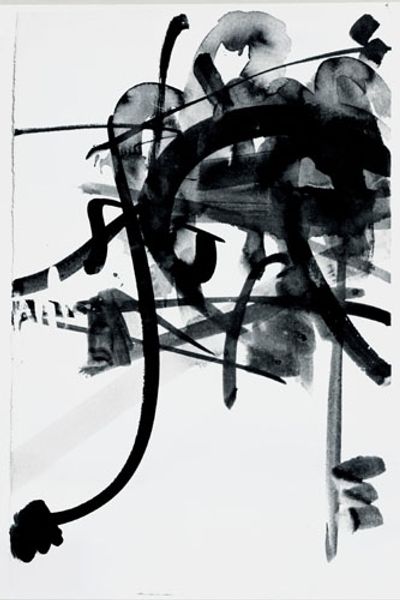
Dimensions: image: 14.7 × 11.1 cm (5 13/16 × 4 3/8 in.) sheet: 16 × 12.4 cm (6 5/16 × 4 7/8 in.) mount: 19 × 14 cm (7 1/2 × 5 1/2 in.)
Copyright: National Gallery of Art: CC0 1.0
Curator: Dorothea Lange’s portrait, “Korean Child,” created in 1958 using a gelatin silver print, is what we're considering today. Editor: My initial feeling is a sense of serenity. The soft grayscale tones and the closed eyes create an introspective atmosphere. There's almost a stillness about the child's expression. Curator: That stillness speaks volumes, particularly when contextualized within the period. This image emerges just five years after the Korean War's armistice. Understanding that historical moment of upheaval is critical. Editor: Absolutely. Knowing the backdrop shifts my understanding entirely. The child's apparent serenity becomes a powerful contrast, perhaps reflecting resilience, or even a quiet processing of trauma. It seems almost deliberately posed to invoke thought, even discomfort. Curator: The context, furthermore, underscores Lange's history of socially conscious documentary photography, which brought to light conditions experienced during the Great Depression. Here, we might consider the vulnerable position of children within socio-political conflicts and, through an intersectional lens, question who holds power, and who doesn't. Editor: Considering Lange's approach to art as an agent of social change helps re-evaluate how we view and understand imagery during moments of significant change, because how do cultural forces impact art's narrative? Curator: Exactly. Images like this gain traction precisely because art becomes a point of discourse. How is Korean identity being visualized in a post-war era? Who gets to frame that image? These questions about power structures become inherently embedded in a study of this portrait. Editor: The weight of those considerations undoubtedly alters our interpretation. I can't help but see beyond a calm portrait now – it becomes evidence, a moment in time pregnant with socio-political consequence. It's a stark reminder that seemingly peaceful images often contain deeper, complex meanings. Curator: Agreed. Lange’s choices offer potent commentary, urging us to think deeply about the power of images in mediating historical and personal trauma.
Comments
No comments
Be the first to comment and join the conversation on the ultimate creative platform.

